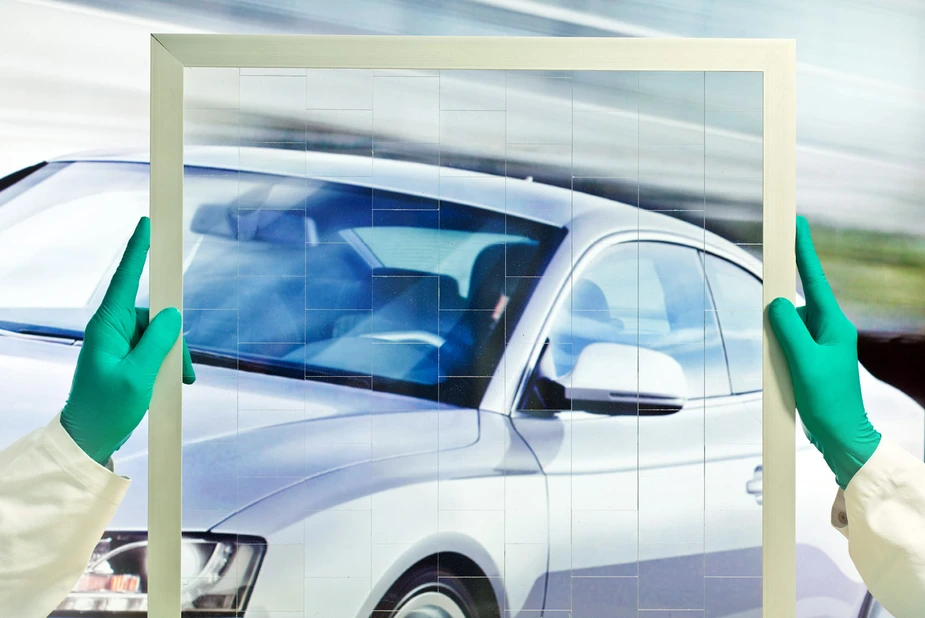Looking into the Matter
A project group of the Fraunhofer-Institute IKTS is working on non-destructive testing methods
Is it possible to tell if a pineapple is ripe without cutting it open? Indeed, it is – using non-destructive testing methods. Ralf Schallert and his team at the Fraunhofer-Institute for Ceramic Technologies and Systems IKTS.
Biting on a pearl lets one determine its authenticity or whether it’s a cultured or a natural pearl. But there are other ways that do not involve damaging the pearl. Until now, non-destructive testing of pearl jewellery was done using x-rays. Optical coherence tomography (OCT), on the other hand, is less complex and non-intrusive, while producing high-resolution cross-section images of semi-transparent materials.
This is but one of the tasks of the scientists at the Fraunhofer-Institute for Ceramic Technologies and Systems IKTS. The institute’s project group in Adlershof, headed by Ralf Schallert and Prof. Norbert Meyendorf and his team, works together with medium-sized companies from the region. The research institute works together with manufacturing companies across several projects. “The Fraunhofer IKTS takes on some of the companies’ research and development tasks,” says Ralf Schallert, a mechanical engineer by trade.
One example of these cooperation efforts is a project that looks at the axes of the ICE, the German high-speed train, says Henry Scholz, one of six members of the project group. “The challenge was to develop a quick and automatised testing procedure that reliably detects fissures in the axes,” says Scholz. The goal is to get the trains back on the rails as quickly as possible.
The group staff uses a broad range of methods for testing materials, including x-ray, ultrasound and eddy-current testing. Only a fraction of those methods is available at the Adlershof office. The larger devices are located at the headquarters in Dresden and the Joint Lab "Technische Sicherheit" (“Technical Security”) Berlin, which is used together with other companies in the same building, the Centre for Biotechnology and the Environment I.
Here, the Fraunhofer staff works on improving methods of non-destructive testing. One way of doing this is by combining them with each other. They produce tailor-made applications, sensors and methods for ultrasound and eddy-current testing procedures.
Moreover, the Berlin-based project group watches over two so-called ZIM research networks. ZIM stands for Central Innovation Programme for SMEs, a programme sponsored by the ministry for economic affairs. The Prognet network, for instance, focuses on testing, forecasting and security of composite materials for application in wind power plants and lightweight design. The second research network “Zuverlässige Leistungselektronik ZuLe” deals with reliable power electronics components, which are gaining importance in electromobility.
The Fraunhofer IKTS headquarters in Dresden, while other branches are in Hermsdorf in Thuringia and Dresden-Klotzsche. The project group was based in Adlershof because of its unique cluster of industrial companies, project sponsors and start-up companies. The scientists plan on looking more closely at every-day applications of testing procedures in the future.
By Sven Titz for Adlershof Journal
